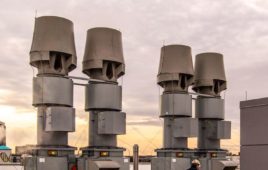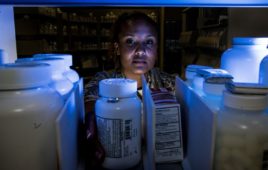 Little in life can be as arduous as wading through a chapter from the USP. The minimum practice and quality standards laid out in USP <797> may never be a New York Times bestselling book, but many do look for a better way to understand the cumbersome language of regulatory texts.
Little in life can be as arduous as wading through a chapter from the USP. The minimum practice and quality standards laid out in USP <797> may never be a New York Times bestselling book, but many do look for a better way to understand the cumbersome language of regulatory texts.
Here is a basic outline of what’s covered (see the original article for more information):
Aseptic manipulation — Maintenance of any controlled environment starts with personnel and aseptic manipulation skills. The chapter specifically recommends audio-visual instructional sources and professional publications as training in theoretical principles. Furthermore, there is the initial requirement of a passing written and media-fill testing.
Environmental quality and control — The quality of the environmental air should increase as one moves from an external boundary to the direct compounding area. The effect of items on the designated environmental air and surface quality will dictate the position of those items within the ante and buffer areas. This quality must be verified by monitoring.
Nonviable particle testing — This program is meant to directly measure the performance of engineering controls creating the various levels of air cleanliness. Certification procedures, like those detailed in Certification Guide for Sterile Compounding Facilities (CAG-003-2006), must be performed, at minimum, every six months, and whenever there is a major service performed or when the device or room is moved or altered.
Pressure differential monitoring — Pressure gauges or velocity meters must be installed between the buffer area and ante area and between the ante area and the general environment. If this is not monitored by a continuous monitoring system, the results must be reviewed and documented at least every work shift, no less than once per day.
Viable particle testing — A successful viable airborne particle testing program has many components. First, a sampling plan must be created based on risk assessments of the compounding activities performed within each area. Sample plans contain many components and must specifically define sample location, method of collection, frequency of sampling, volume of air sampled, time of day as related to activity levels, and action levels.
This cleanroom tip was taken from “Decoding the USP <797> Testing Requirements” by Jillian Berkowitz. This article originally appeared in the April 2015 issue of Controlled Environments.



